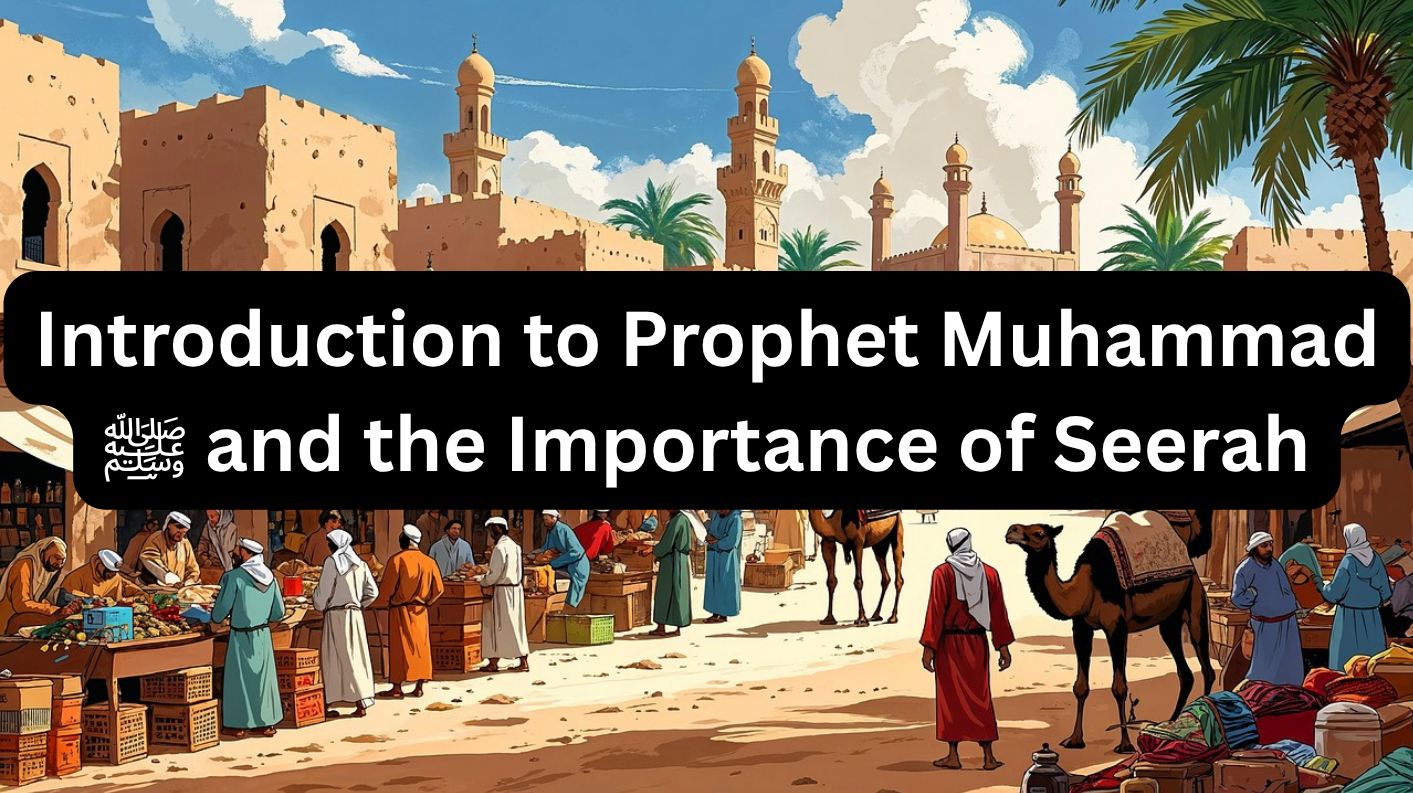Hazrat Hamza (R.A.), famously known as “Asadullah” (The Lion of Allah), was among the earliest and bravest companions of Prophet Muhammad (PBUH). He was not only the Prophet’s paternal uncle but also a staunch supporter and fearless defender of Islam in its early years.
Early Life and Background
Hazrat Hamza ibn Abdul Muttalib was born in Makkah around 568 CE, into the noble Quraysh tribe of Banu Hashim. He was the son of Abdul Muttalib and thus the uncle of Prophet Muhammad (PBUH). Interestingly, Hazrat Hamza and the Prophet (PBUH) were not only uncle and nephew but also foster brothers; both were nursed by Thuwaybah, a freed slave woman.
From a young age, Hazrat Hamza developed a reputation as a skilled hunter, athlete, and warrior. His physical strength, courage, and chivalrous nature were widely respected among the Quraysh.
Conversion to Islam
Hazrat Hamza’s acceptance of Islam was a pivotal moment in the history of the Muslim community. His conversion came shortly after Prophet Muhammad (PBUH) began to preach Islam publicly. One day, Abu Jahl insulted and physically assaulted the Prophet at Mount Safa. When Hazrat Hamza heard of this incident upon returning from hunting, he was enraged. He went straight to Abu Jahl, struck him with his bow, and declared:
“I now follow the religion of Muhammad. Say what you will if you are brave enough!”
This moment marked not only his acceptance of Islam but also his public declaration as a protector of the Prophet. His support gave strength to the Muslim minority and shook the confidence of the Quraysh.
Role in the Early Islamic Struggles
Hazrat Hamza’s influence in Makkah helped shield Prophet Muhammad (PBUH) and the early Muslims from persecution. He stood tall in the face of oppression and became a symbol of courage and defiance against the tyrants of Quraysh.
The Battle of Badr
One of the most defining moments in the life of Hazrat Hamza was his participation in the Battle of Badr (2 AH / 624 CE), the first major battle in Islamic history. Hazrat Hamza fought valiantly and killed several key warriors of Quraysh, including Utbah ibn Rabi’ah, one of the most powerful enemies of Islam.
The courage and strength Hazrat Hamza displayed in Badr earned him legendary status among Muslims and furthered his title as the Lion of Allah.
Martyrdom in the Battle of Uhud
Tragedy struck during the Battle of Uhud (3 AH / 625 CE). Hazrat Hamza was martyred by Wahshi ibn Harb, a slave hired by Hind bint Utbah, who sought revenge for her father’s death at Badr.
Wahshi used a spear to strike Hazrat Hamza from a distance, fulfilling his task. After his death, Hind mutilated Hazrat Hamza’s body in an act of revenge, even cutting open his chest and removing his liver.
The Prophet Muhammad (PBUH) was deeply grieved upon seeing the condition of his beloved uncle and said:
“I have never been more grieved than I am today.”
Legacy of Hazrat Hamza
Hazrat Hamza’s sacrifice became a symbol of ultimate loyalty, bravery, and love for Islam. The Prophet (PBUH) titled him “Sayyid al-Shuhada” (Leader of the Martyrs).
Even today, Hazrat Hamza is remembered not just for his physical strength, but for his unwavering commitment to truth, justice, and the cause of Islam.
Conclusion
The life of Hazrat Hamza (R.A.) is a timeless example of how courage and faith can change the course of history. From a noble warrior of Quraysh to a lion-hearted martyr of Islam, his legacy lives on as a beacon of strength for Muslims around the world.


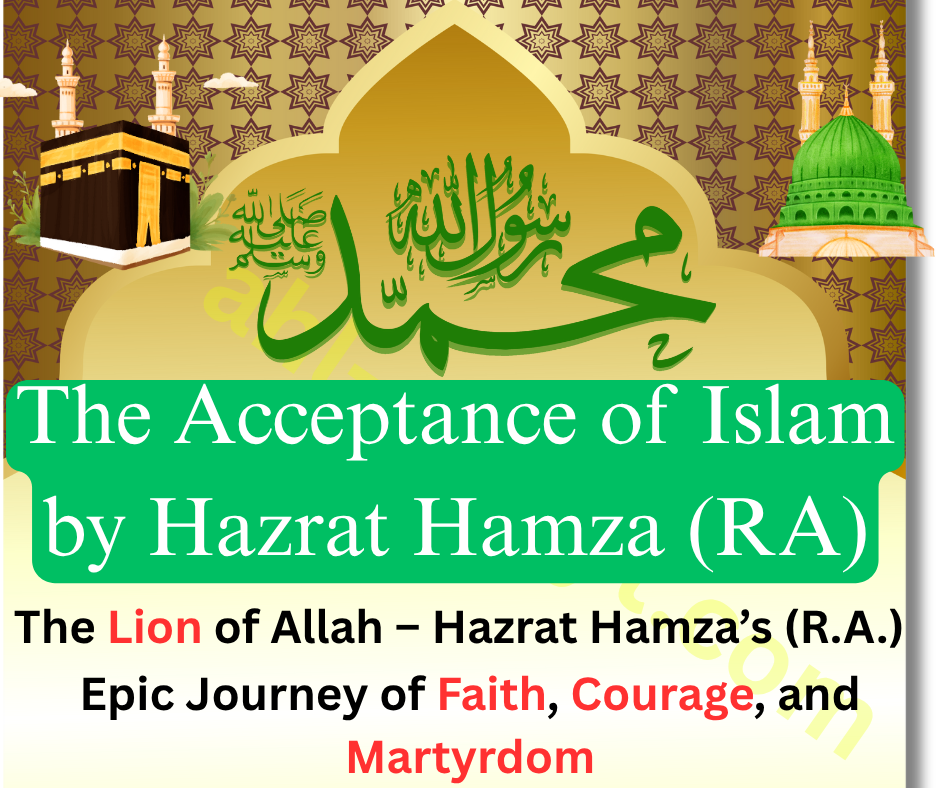
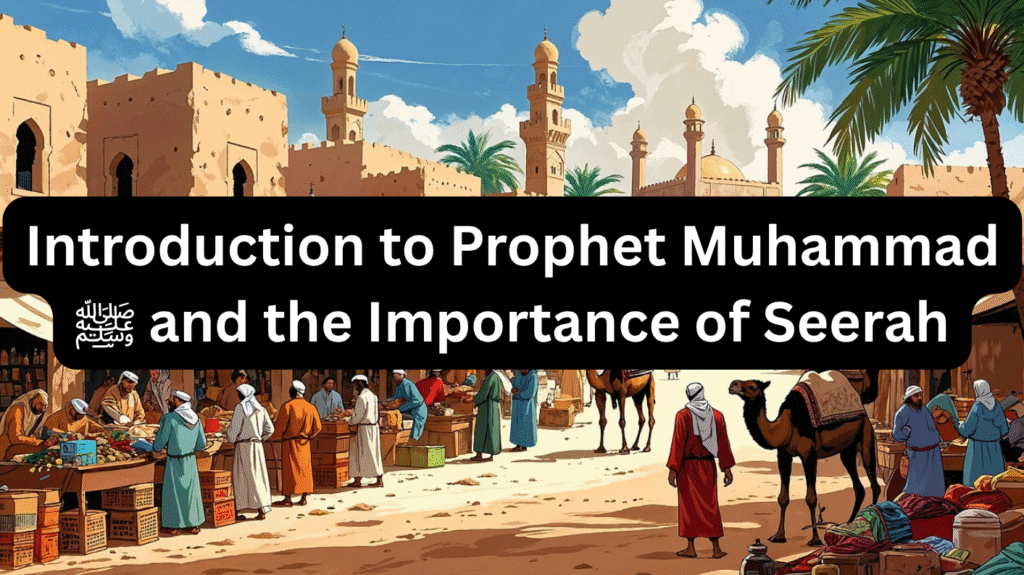
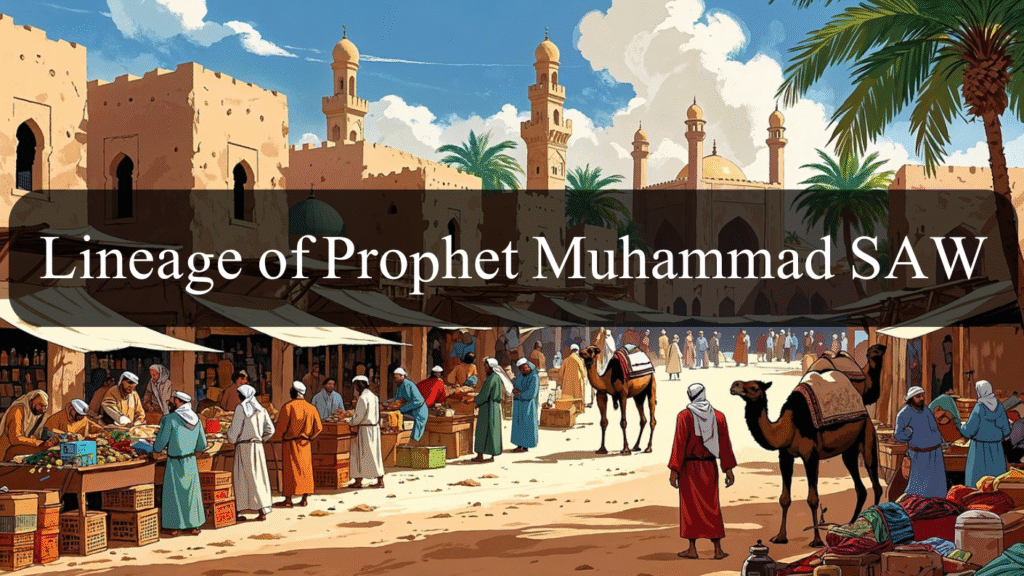
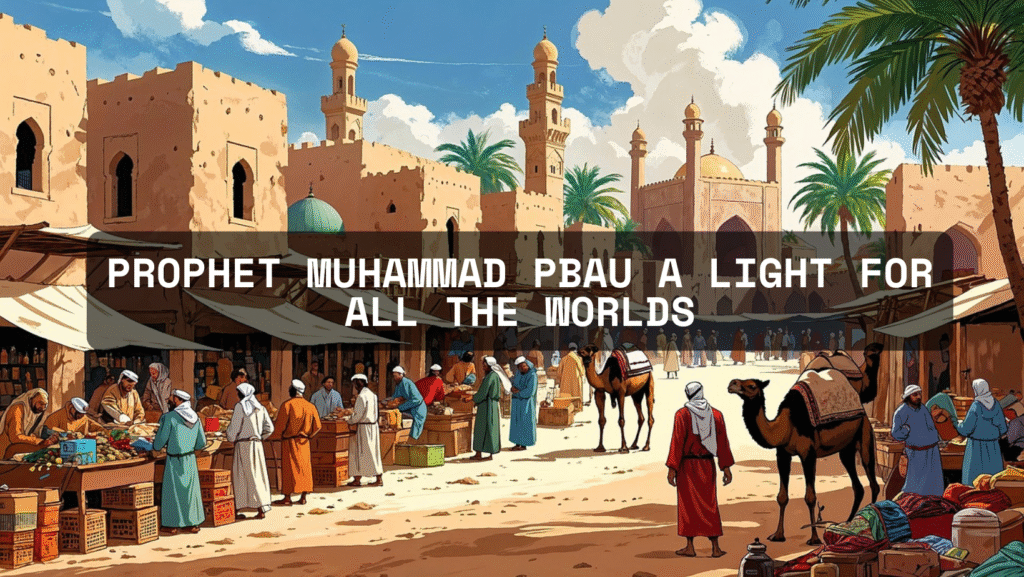
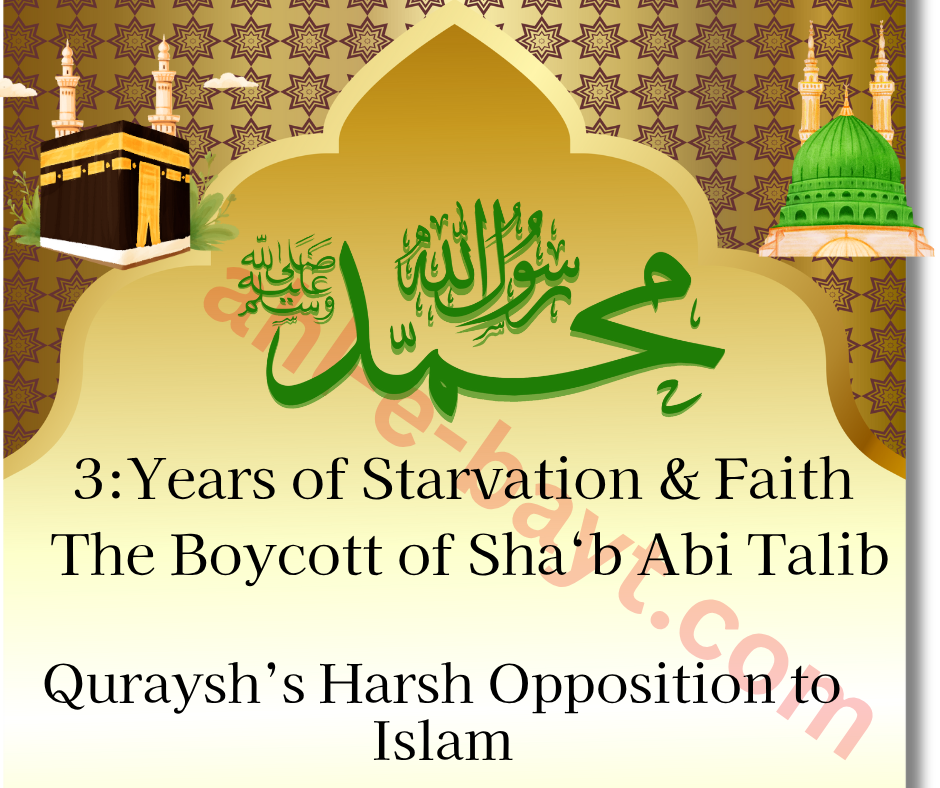
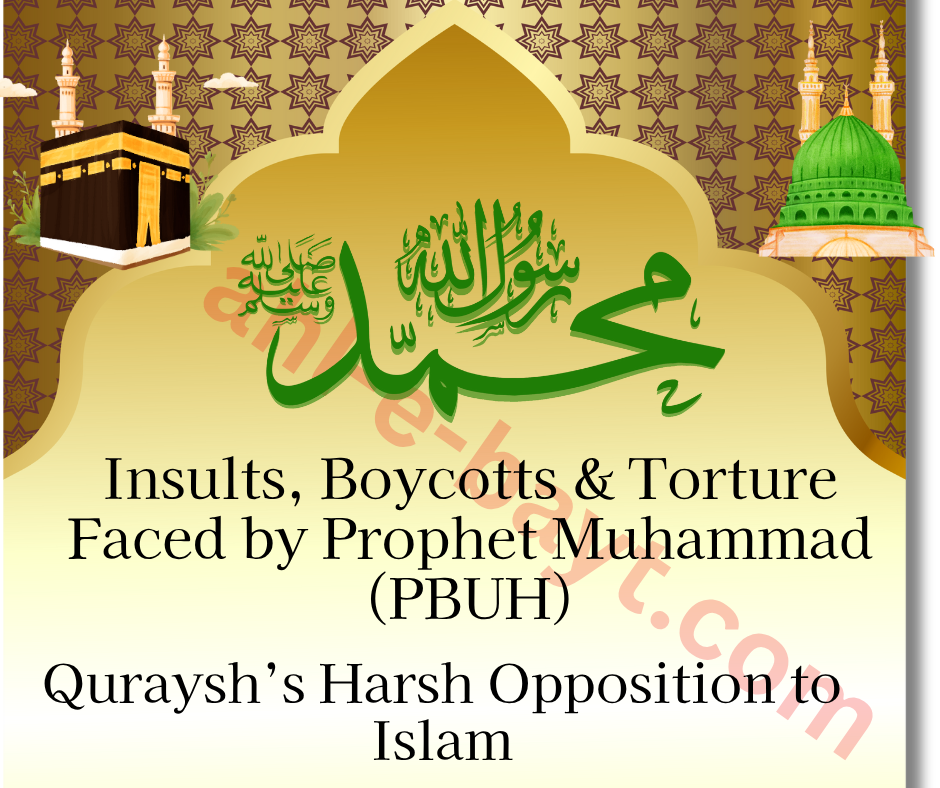
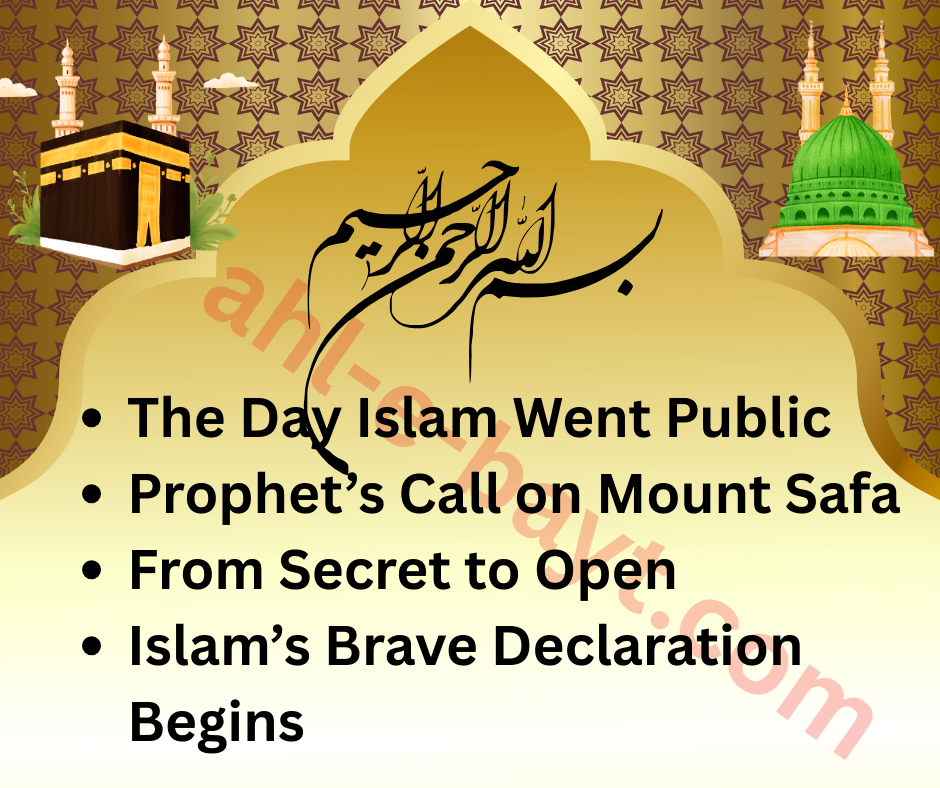
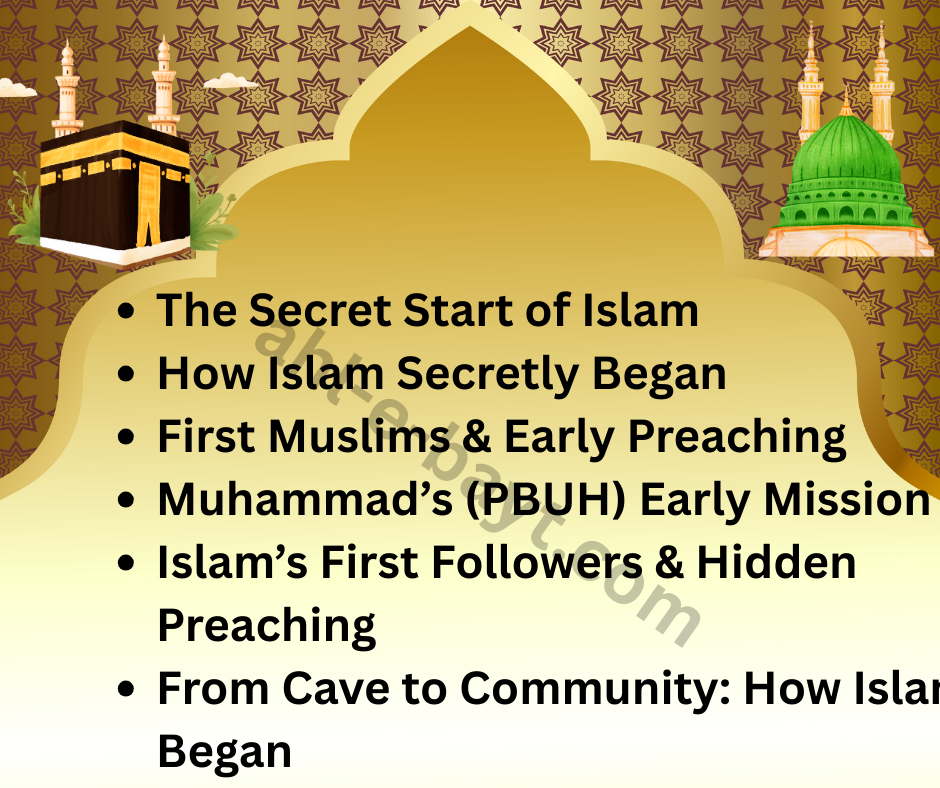
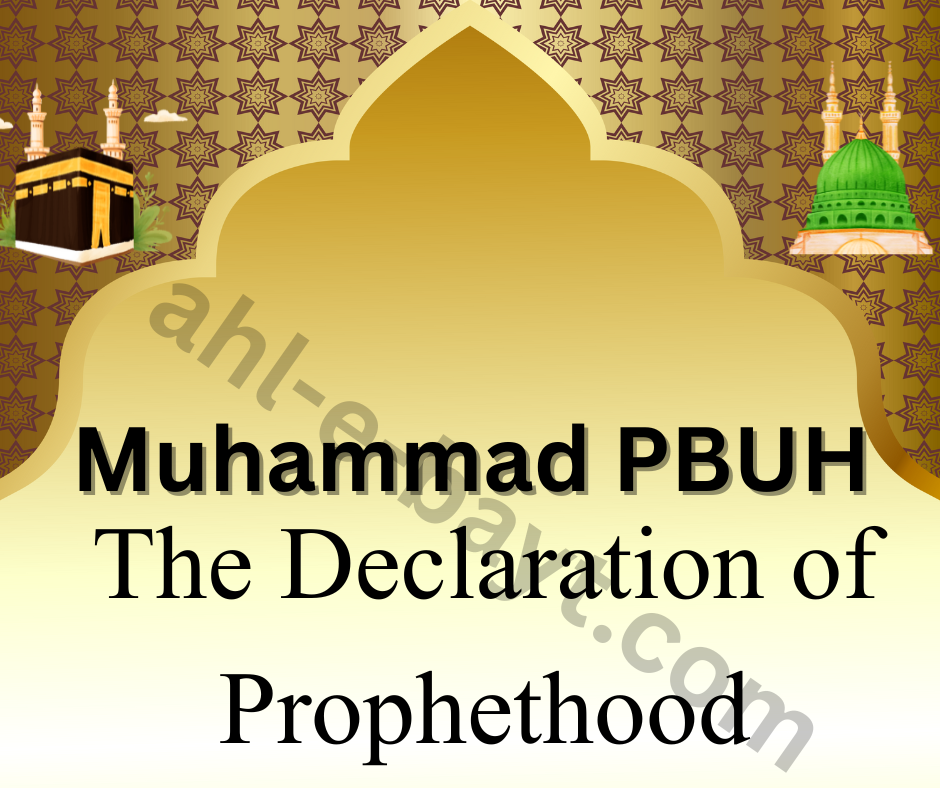
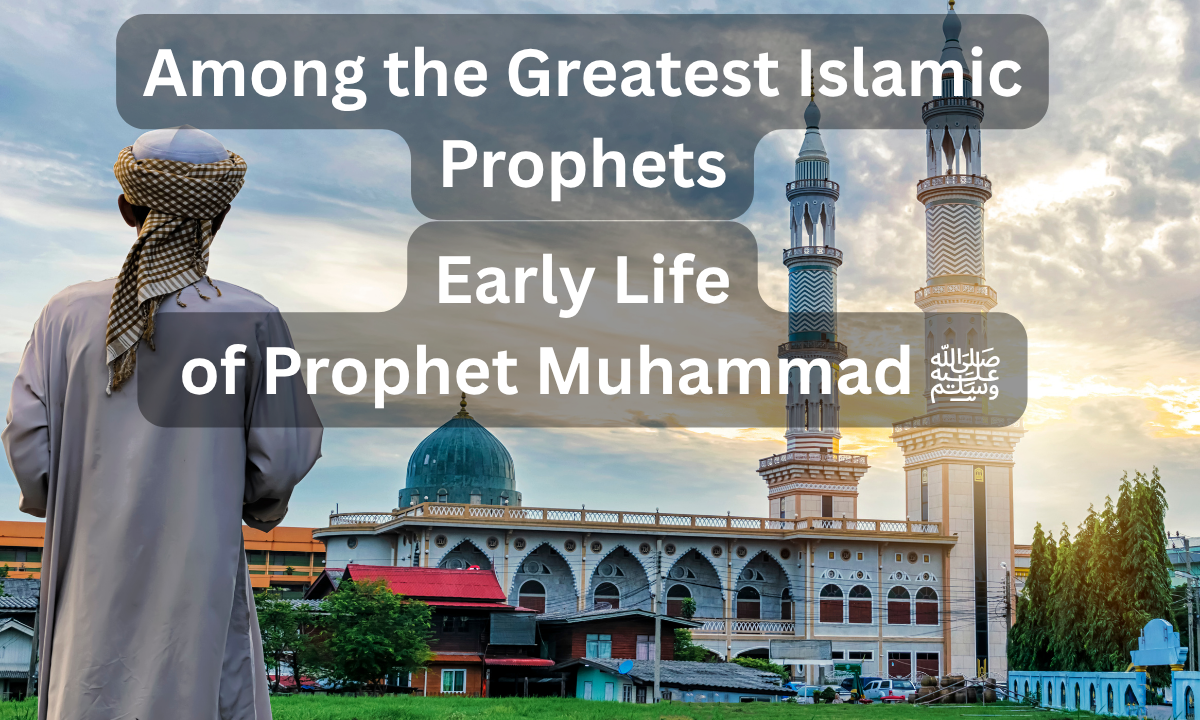
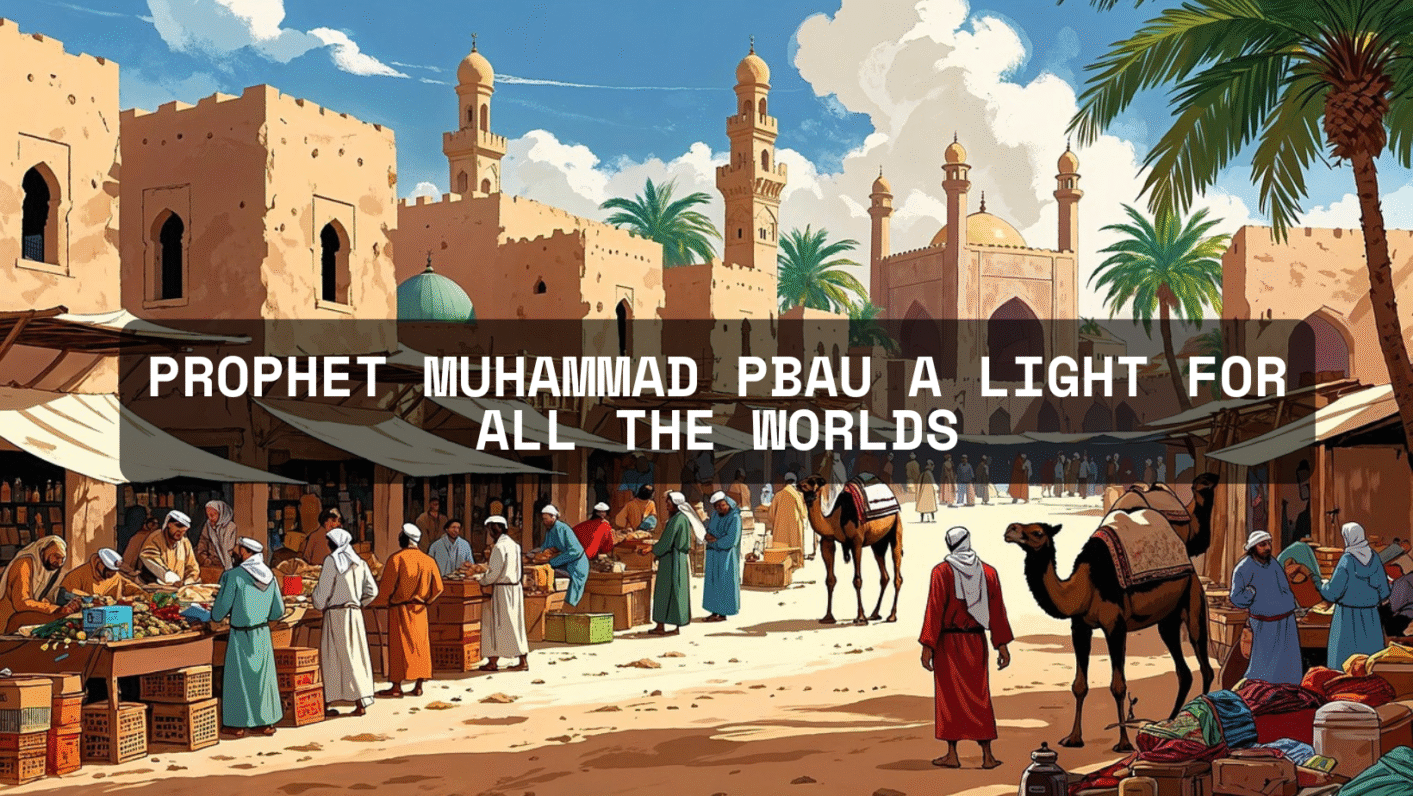
 Time and Date of Birth
Time and Date of Birth Reference: Ibn Hisham’s Sirat al-Nabi, Vol 1;
Reference: Ibn Hisham’s Sirat al-Nabi, Vol 1; Family and Lineage
Family and Lineage Miraculous Signs at Birth
Miraculous Signs at Birth Birthplace: The House of Makkah
Birthplace: The House of Makkah Lady Amina’s Account
Lady Amina’s Account Significance in Later Islamic Thought
Significance in Later Islamic Thought Quranic Hints
Quranic Hints Why the Birth of the Prophet ﷺ Matters Today
Why the Birth of the Prophet ﷺ Matters Today Key References Used:
Key References Used: Conclusion
Conclusion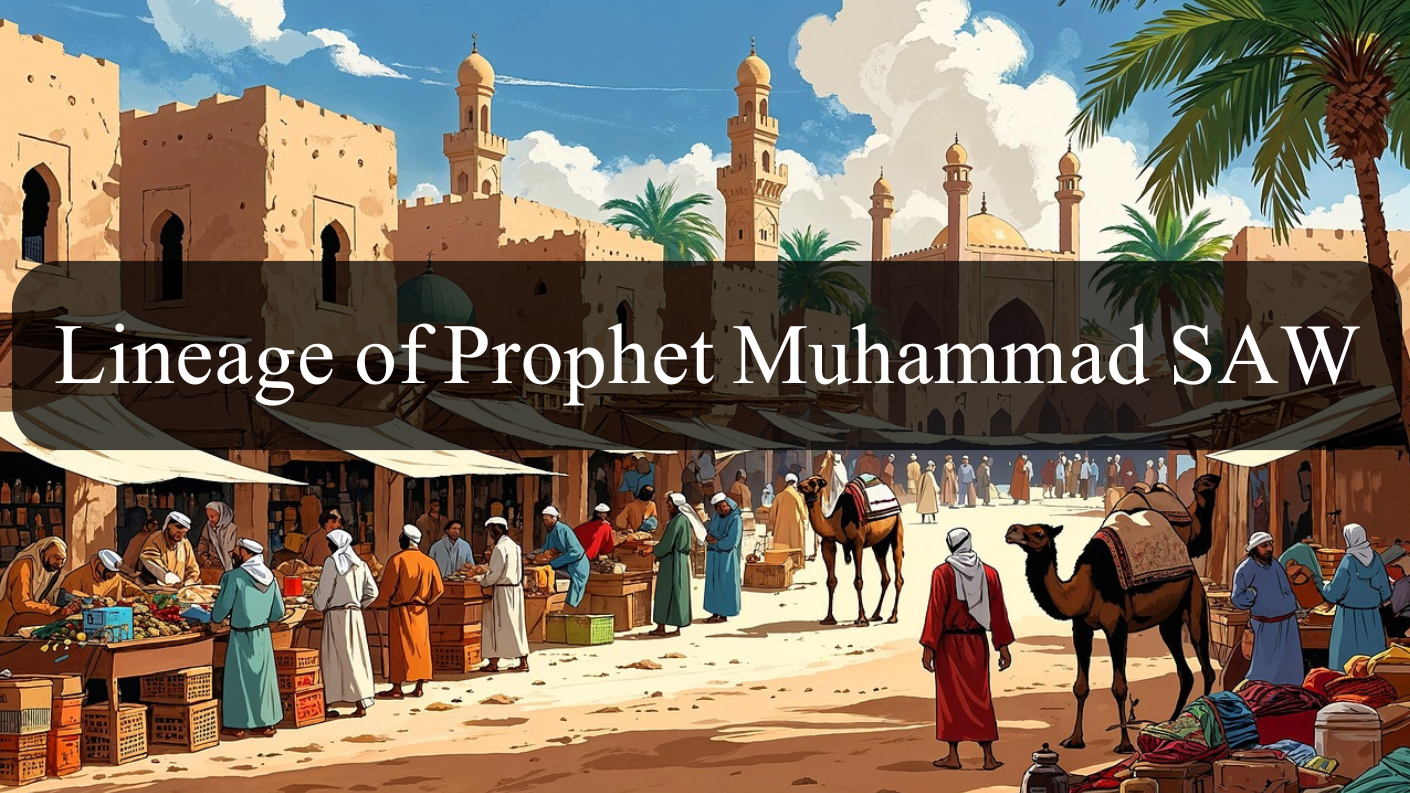
 Noble Lineage of Prophet Muhammad SAW
Noble Lineage of Prophet Muhammad SAW The Quraysh and Banu Hashim’s Role
The Quraysh and Banu Hashim’s Role Social and Religious Conditions in Arabia
Social and Religious Conditions in Arabia Conclusion
Conclusion